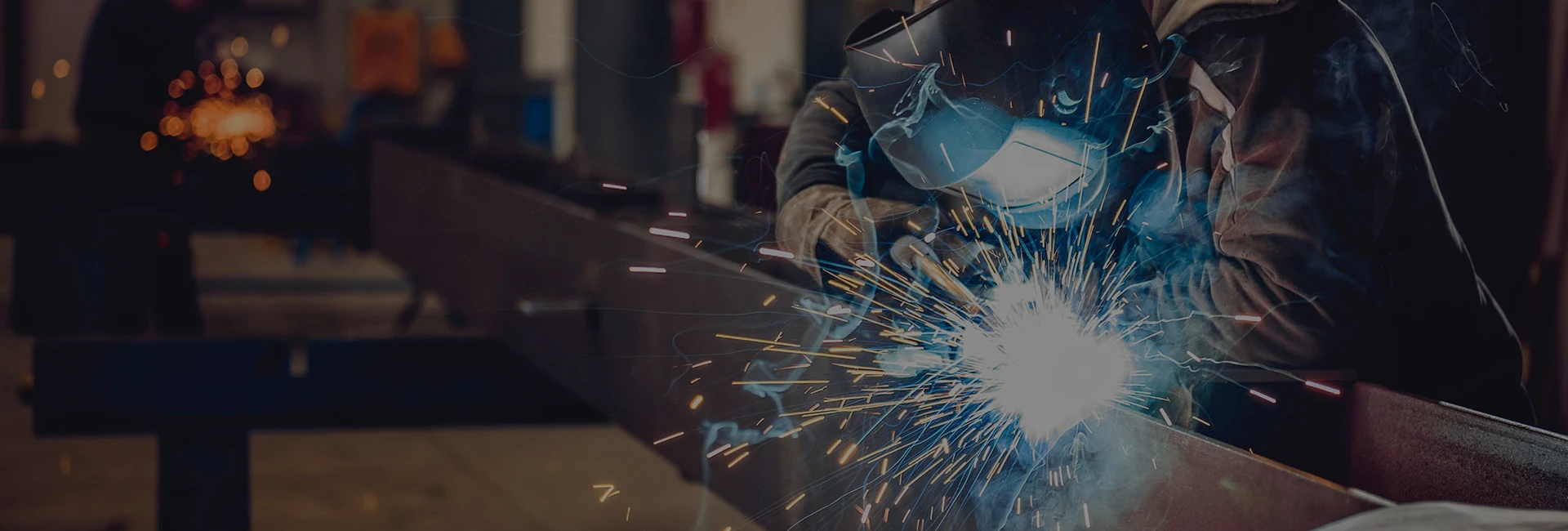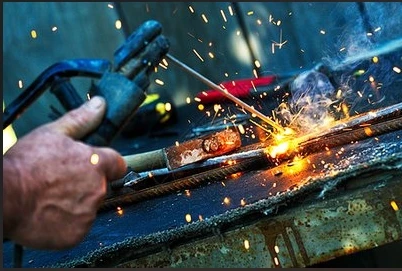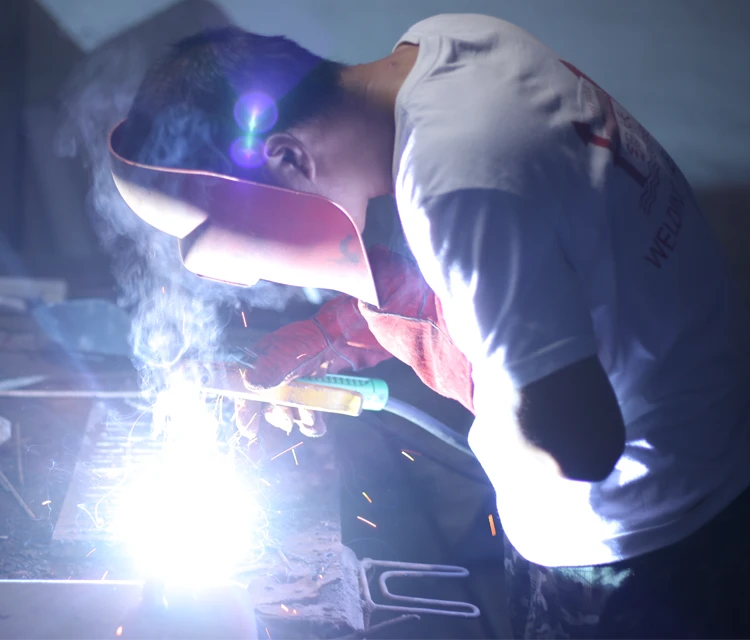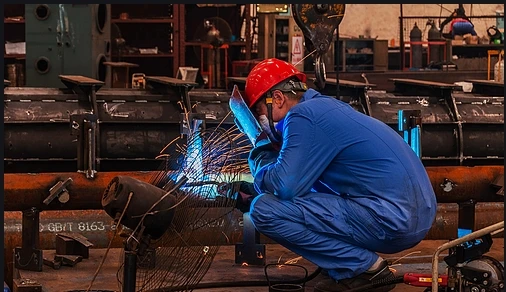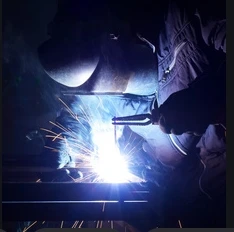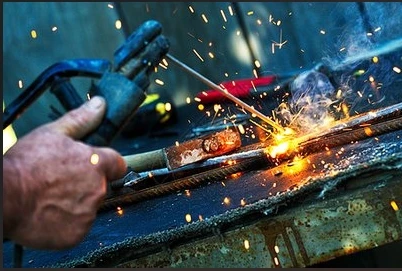A Comprehensive Guide to Cast Iron Welding Rod Types
আগস্ট . 29, 2025 17:09
Cast iron welding is a specialized process requiring specific tools and knowledge, particularly when it comes to selecting the correct filler metal. This article provides an in-depth look at cast iron welding rod types, explores where to find cast iron welding rods for sale, and details the critical characteristics of a proper cast iron electrode. Understanding these components is essential for achieving strong, crack-free repairs on everything from antique engine blocks to modern machinery components.
Understanding the different cast iron welding rod types is crucial for a successful repair
The success of a cast iron repair project hinges on selecting the appropriate welding rod. Different base materials and welding techniques demand specific cast iron welding rod types to mitigate common issues like cracking and porosity. The two primary categories are non-ferrous and ferrous electrodes, each with distinct properties and applications.
- Nickel-Based Electrodes: These are the most popular choice for welding cast iron due to nickel's ability to accommodate the high carbon content without forming hard, brittle zones. Pure nickel (ENi-CI) electrodes offer excellent ductility and machinability, making them ideal for critical repairs on grey cast iron where the weld must be finished smoothly. Nickel-iron (ENiFe-CI) electrodes provide higher tensile strength and are less expensive than pure nickel, though they are slightly harder to machine. They are excellent for joining cast iron to steel or for heavy-duty repairs on ductile cast iron.
• Ferrous-Based Electrodes: This category includes mild steel and stainless steel electrodes. Mild steel electrodes are a low-cost option but are generally not recommended for high-quality repairs as they produce extremely hard, non-machinable welds prone to cracking. Specialty stainless steel electrodes can sometimes be used for specific applications but require extensive preheating and precise cooling control.
• Copper-Based Alloys: While not as strong, copper-based wires and rods are sometimes used for sealing repairs where strength is not a primary concern. They are very soft and help reduce stresses, but their use is limited due to the significant color mismatch and lower strength compared to the base iron.

Knowing where to find reliable cast iron welding rods for sale ensures quality results
Procuring the right materials is a crucial step in the welding process. A search for cast iron welding rods for sale will yield numerous results from various suppliers, but knowing where to look and what to consider ensures you get genuine, high-quality products.
- Industrial Supply Distributors: Both large online platforms and local brick-and-mortar stores specializing in welding supplies are reliable sources for authentic cast iron electrodeproducts. They often carry major brands, provide technical data sheets, and can offer expert advice based on your specific project requirements.
• Manufacturer Direct and Specialized Online Retailers: Many renowned welding consumable manufacturers sell their products directly to consumers through their websites. Furthermore, specialized online metalworking shops focus specifically on hard-to-find rods and wires, including a wide array of cast iron welding rod typesfor unique applications.
• Key Purchasing Considerations: When evaluating cast iron welding rods for sale, always verify the classification code (e.g., ENi-CI) to ensure it matches your needs. Be wary of prices that seem too good to be true, as counterfeit or low-quality rods can lead to weld failure. Always check expiration dates on packaging, as the flux coating on electrodes can absorb moisture from the air over time, compromising its performance and leading to porous welds.
Selecting the correct cast iron electrode determines the weld's integrity and machinability
A true cast iron electrode is engineered with specific characteristics to overcome the inherent challenges of welding this difficult material. Its composition and design are what differentiate it from standard welding rods.
- Low Melting Temperature and Excellent Arc Stability: A high-quality cast iron electrodeis designed to melt at a temperature close to that of the cast iron base metal. This minimizes the heat input required, which is critical for controlling the expansion and contraction that leads to cracking. Furthermore, the flux coating is formulated to create a stable, smooth arc that is easy to control, even for welders with less experience.
• Minimal Penetration and Slow Cooling Rate: The best cast iron welding rod typesare designed to deposit weld metal without deep penetration into the base material. Shallow penetration helps prevent the dilution of excessive carbon from the cast iron into the weld pool. The flux coating also forms a slag blanket that insulates the weld, allowing it to cool very slowly, which is vital for reducing thermal stresses and preventing the formation of hard, crack-sensitive cementite structures.
• Ductile Weld Metal and Machinability: The core wire of the electrode, often nickel-based, produces a weld bead that is soft and ductile. This ductility allows the weld to stretch and absorb the stresses induced during cooling, effectively preventing cracking. For many repairs, the weld must be machined flush with the surrounding cast iron. Electrodes like pure nickel (ENi-CI) are specifically chosen because they create a weld metal that can be drilled, tapped, and ground to a smooth finish.
Cast Iron Welding Rod Types FAQs
Q: What are the key differences between common Cast Iron Welding Rod Types (e.g., nickel-based vs. nickel-free) and their use cases?
A: Common Cast Iron Welding Rod Types fall into two main categories: 1) Nickel-based rods (e.g., ENiFe-C1, ENiFe-C2)—contain 50–90% nickel, which reduces weld brittleness and allows machinability. They’re ideal for critical repairs (engine blocks, pump housings) and gray/ductile cast iron, as nickel prevents cracking by matching cast iron’s thermal expansion. 2) Nickel-free rods (e.g., ESt, EZFe)—lower-cost options with iron or copper alloys, suited for non-critical, low-stress parts (decorative castings, small tools). They require more preheating (300–500°C) to avoid cracking and aren’t machinable, making them a budget choice for non-functional repairs.
Q: How do I select the right Cast Iron Electrode for repairing a cracked gray cast iron cookware?
A: For gray cast iron cookware repairs, choose a nickel-based ঢালাই লোহা ইলেকট্রোড like ENiFe-C1 (AWS A5.15). Gray cast iron is brittle and prone to cracking during welding, and nickel in the electrode provides ductility to the weld, preventing post-repair fractures. Avoid nickel-free electrodes—they’ll create brittle welds that crack easily under heat (critical for cookware used on stoves). Also, select a small-diameter electrode (2.5–3.2mm) for precise control on thin cookware walls, and skip high preheating (150°C max) to avoid warping the cookware.
Q: What packaging and storage conditions should I look for when buying Cast Iron Welding Rods for Sale?
A: When purchasing Cast Iron Welding Rods for Sale, prioritize rods in hermetically sealed, moisture-proof packaging (e.g., vacuum-sealed bags or metal cans with desiccants). Cast iron electrode coatings are sensitive to moisture—absorbed water causes porosity (bubbles) in welds and weakens the joint. Avoid rods in torn or open packaging, as they may have absorbed humidity. Once opened, store unused rods in a dry cabinet (humidity ≤50%) or re-sealable moisture-proof bags. For nickel-based rods, improper storage can also degrade their machinability, so check for supplier labels indicating “storage life” or “moisture exposure limits.”
Q: Are there Cast Iron Welding Rod Types designed for preheat-free welding, and when should I use them?
A: Yes, some Cast Iron Welding Rod Types (e.g., ENiFe-C1, ENiCu-A) are formulated for preheat-free welding, though their use depends on cast iron thickness and application. They work best for thin cast iron parts (<6mm) like small pump components or decorative pieces, where preheating would cause warping. The nickel or copper in these rods slows cooling enough to reduce stress without preheating. However, for thick cast iron (>10mm) or high-stress parts (e.g., engine cylinders), even preheat-free rods benefit from low preheating (100–150°C) to ensure full penetration and prevent hidden cracks.
Q: Can I use Cast Iron Welding Rods for Sale labeled as “universal” for all cast iron types (gray, ductile, malleable)?
A: “Universal” Cast Iron Welding Rods for Sale (often nickel-based) work for most common cast iron types (gray, ductile) but may not be optimal for malleable cast iron. Gray and ductile cast iron have similar carbon content and respond well to nickel-based universal rods, which balance ductility and strength. Malleable cast iron, however, has a different microstructure (heat-treated to be more flexible) and requires specialized rods (e.g., ENiFe-C2 with higher nickel content) to avoid losing its malleability during welding. Using universal rods on malleable cast iron can result in brittle welds or damage to the base metal’s properties—always check if the “universal” label explicitly includes malleable cast iron.
সংশ্লিষ্ট ভিডিও



